Understanding Peacekeeping: Its Origins and Objectives
Delving into the narrative of peacekeeping starts with a look back at its conception. Born out of a dire need for stability in a world veering towards repeated conflicts, peacekeeping has since evolved into an emblem of hope for many. The fundamental goal of peacekeeping, to provide a buffer zone between conflicting parties and oversee the transition to peace, has remained steadfast. Yet, within this golden thread lies a rich tapestry of stories, both somber and inspiring.
The inception of peacekeeping by the United Nations post-World War II marked a pivotal moment in history. The intent was clear – to prevent conflict from escalating beyond control. The operations would typically move in once the firing had ceased, dutifully monitoring ceasefires and ensuring humanitarian aid reached those in dire need. They stood not as an imposing force, but as guardians of peace. Over time, this role has gracefully matured, adapting to the ever-changing face of global politics and conflicts.
Peace Operations Today: Mission Types and Mechanisms
Fast forward to today, and we find peacekeeping missions more complex than ever before. These are not your run-of-the-mill operations; they are meticulously planned and executed endeavors that require the highest level of diplomacy and strategic finesse. The United Nations categorizes missions into peacekeeping and peace enforcement, with each tailored to address specific circumstances. Amidst this strategic complexity, peacekeeping forces are expected to operate under what's known as the 'Holy Trinity' of principles: consent of the parties, impartiality, and non-use of force except in self-defense and defense of the mandate.
Peacekeepers today wear many hats – they are monitors, protectors, mediators, and at times, rebuilders of nations. They are dispatched to some of the most volatile corners of the globe, often where rule of law is a mere whisper in the wind. Their presence embodies the concerted effort of multiple countries to maintain a delicate balance, and their mission is propelled forward by a complex mechanism involving a robust logistical supply chain, expert negotiating skills, and at times, the art of quiet diplomacy.
Challenges on the Ground: Realities of Peacekeeping Missions
It's not all sunshine and rainbows on the peacekeeping front. Frankly, these missions can face grim odds. Peacekeepers often find themselves in a cauldron of political tension, tasked with navigating a maze of cultural nuances and local sensibilities. Hostile factions may view them with suspicion or outright hostility, and the resources at their disposal are often stretched thin.
Additionally, peacekeeping forces contend with a spectrum of challenges – from geographical obstacles and harsh climates to complex emergencies that manifest with little warning. They work tirelessly, often under the media's scrutinous eye, which could either paint their efforts in strokes of gallant heroism or disparaging critique. Communication issues, coordination problems, and sometimes, a lack of commitment from member states can muddy the waters further, making the task at hand appear Sisyphean.
Success Stories: Triumphs in Peacekeeping
Nonetheless, for every challenge told, there's a tale of victory. Take the successful operations that stabilized regions after painstaking efforts. Peacekeeping missions in countries such as Liberia, Sierra Leone, and East Timor are often cited as benchmarks – stories where international will and local determination coalesced to form a bulwark against re-escalation.
These are the narratives that don't always make the headlines – the communities reconciled, the children who returned to school instead of conflict, and the local economies revitalized thanks to a steady, guiding hand. What these stories often share is a commitment to long-term engagement, not just interim fixes, and the unwavering support of international partnerships that underpin these operations.
International Cooperation: How Countries Contribute to Peace Efforts
International cooperation is undeniably the backbone of peacekeeping. Peacekeepers are pulled from a mosaic of nations, each contributing troops, police, and civilian personnel. This global patchwork of support is what makes these operations truly international – with shared responsibilities and risks.
But it's not just about the boots on the ground. Countries contribute in diverse ways, from funding to expertise in areas such as logistics, medicine, engineering, or communications. This concerted effort represents a fascinating dance of diplomacy, with nations finding common ground in the quest for peace – a testimony to the potential that lies in international solidarity.
The Role of Technology and Innovation in Modern Peacekeeping
Nowadays, technology stands as a beacon of progress in peacekeeping missions. Innovations in communication, reconnaissance, and logistical support are reshaping the landscape. Satellites, drones, and advanced information systems have become indispensable tools. They enable real-time data gathering, which helps anticipate conflicts and hence proves to be a game-changer in decision-making.
Virtual reality training simulators and enhanced protective gear for troops are among other technological strides being made. These advancements are not merely flashy gadgets; they are necessities that bolster the capabilities of peacekeepers, reduce risks, and lead to more effective outcomes in peacekeeping operations.
Local Engagement and Building Sustainable Peace
The endgame of peacekeeping goes beyond the cessation of immediate hostilities. It's about building peace that lasts, which is where local engagement is critical. The principles of 'local ownership' and the inclusion of various community sectors are not just lofty ideals but central strategies to ensure the sustainability of peace.
Successful peacekeeping missions have operated with an understanding that peace is not a one-size-fits-all solution. Instead, it requires fitting into the local context, respecting community voices, and fostering reconciliation and development that resonate with the people most affected by the conflict.
Empowering Women in Peacekeeping: A Vehicle for Enhanced Operations
In the field of peacekeeping, the role of women has been evolving, and rightly so. Women bring unique perspectives and skills, especially when dealing with sensitive issues like sexual violence in conflict zones. Involving women in peace negotiations and operations leads to more comprehensive and potentially lasting solutions.
The deployment of all-female peacekeeping units, as seen in India's contribution to the UN mission in Liberia, has shown to have significant positive impacts on the local community. It's not simply about representation; it's about the tangible benefits that diverse teams provide in peace operations, from heightened empathy to effective community engagement.
Peacekeeping as a Shared Responsibility: How You Can Contribute
Peacekeeping might appear as a grand-scale operation reserved for nations and their militaries, but in truth, it's a shared responsibility. Every individual has the power to contribute to global peace efforts, be it through staying informed, supporting peace initiatives, engaging in dialogue, or promoting education on peace and conflict resolution.
Simple acts can ripple outwards, influencing the world in ways we might not immediately appreciate. From fostering an understanding of other cultures within our communities to advocating for political decisions that support peace operations, our collective actions build the foundations of a peaceful global society. And yes, you and I, as ordinary citizens, are very much part of this picture.
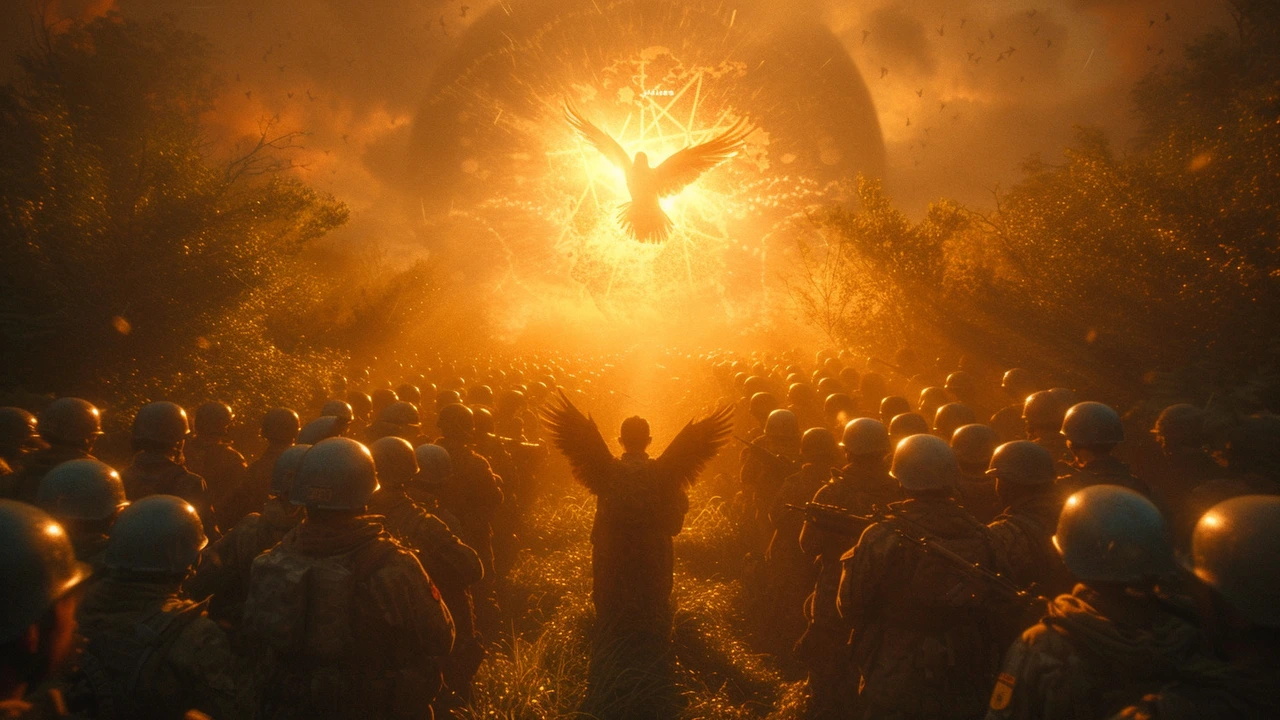

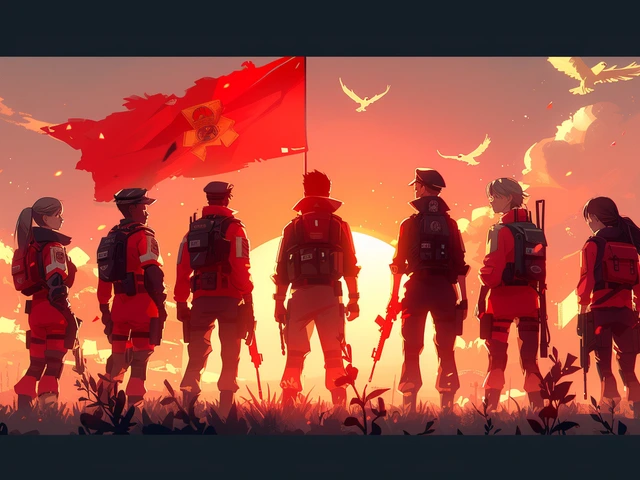
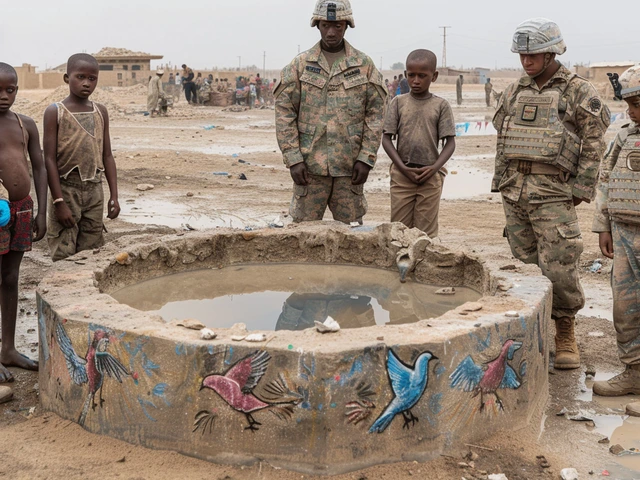

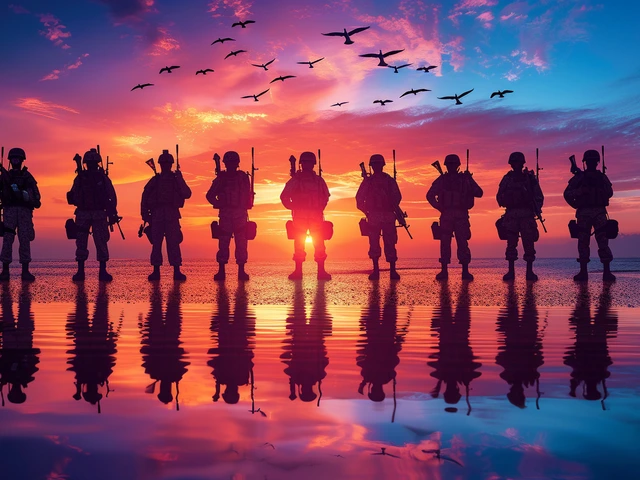
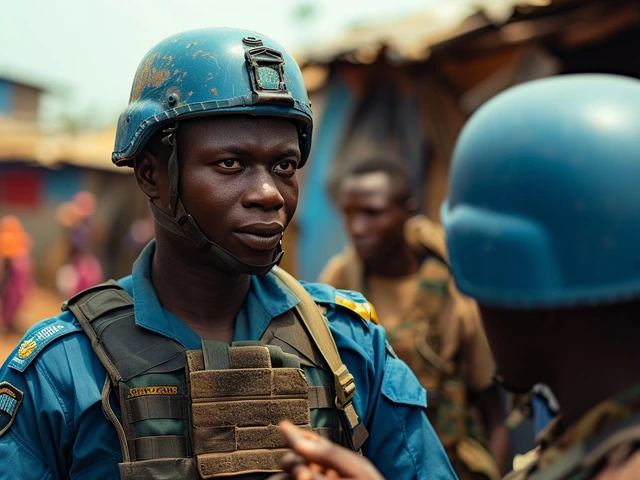

Write a comment